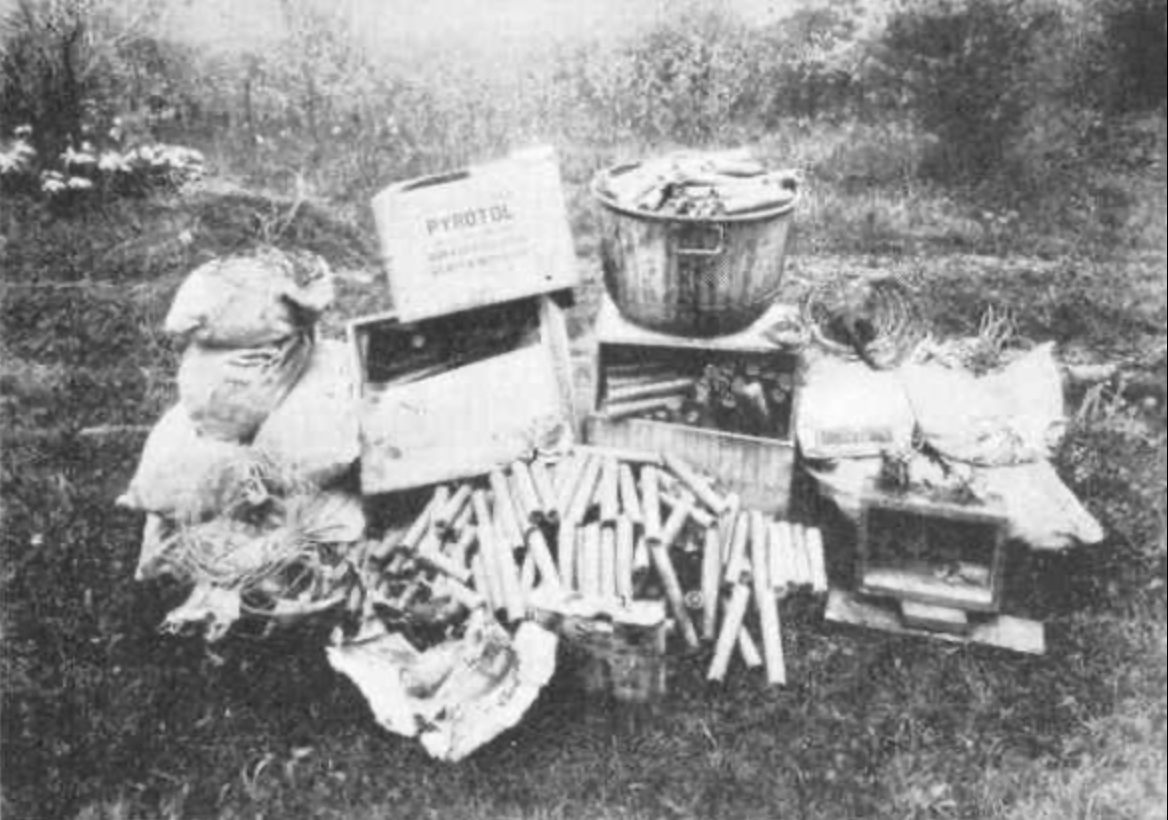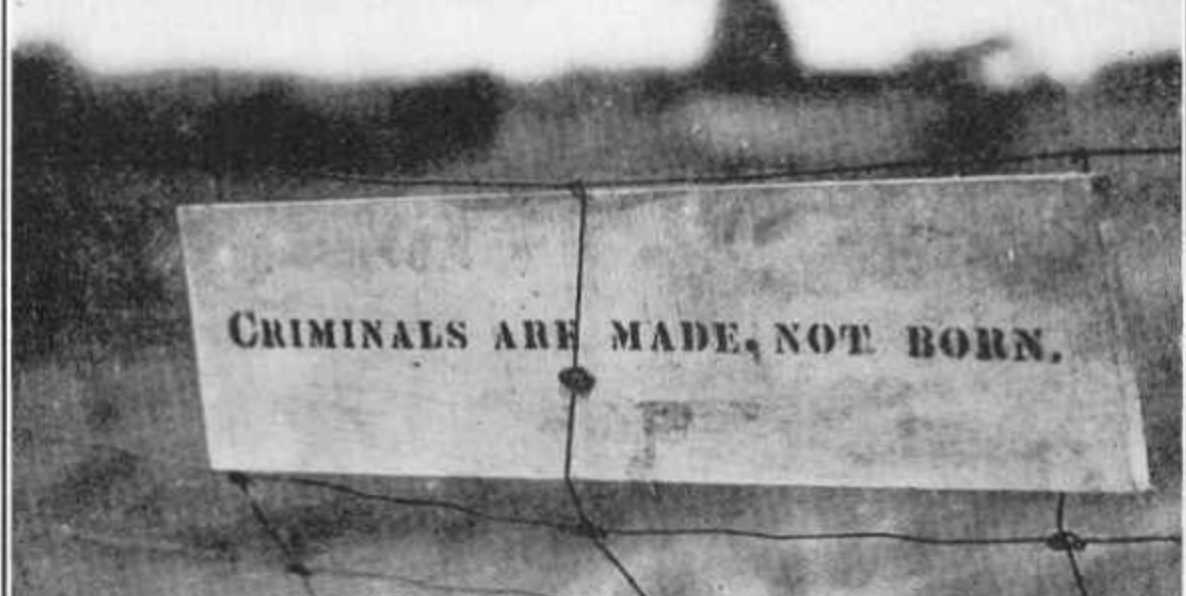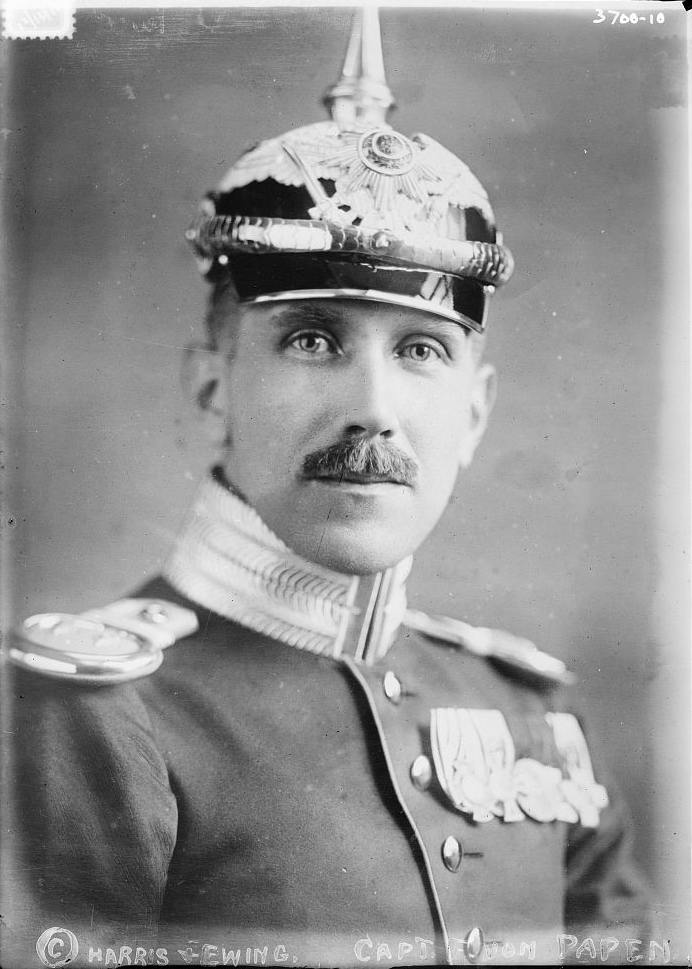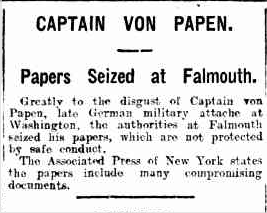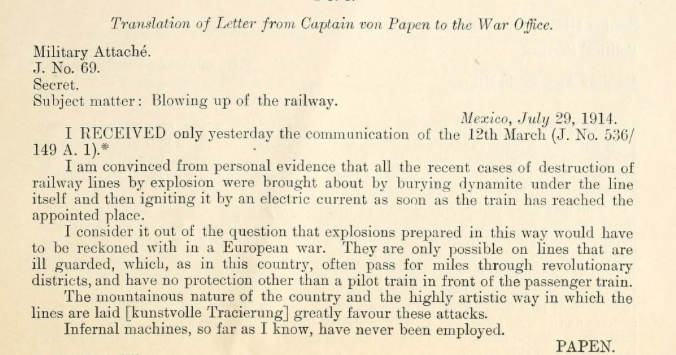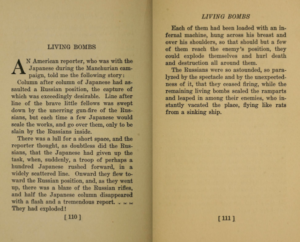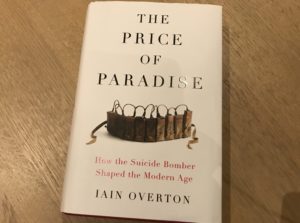
This blog, as a whole is driven by my personal interest and experience in dealing with the technology and tactics of IEDs. Almost deliberately, throughout my career, I have tried to separate away the technology and tactics from the politics and the motivations of those conducting the attack To an EOD professional, worrying about the politics or the psychology is a distraction at the scene. But that is not to say that they are not important. “The Price of Paradise”, by Iain Overton addresses the peculiar aspects of politics and motivation that produce suicide bombers and as such is a vitally important contribution to understanding the phenomena. It does not purport to be a book about “suicide bombs”, focusing on the human aspect of this mode of attack.
The book is a careful exploration, and thorough. It is easy to read, insightful and well worth its place on the shelf of the EOD professional, complementing perhaps references to technical and tactical aspects of the devices themselves.
I’m intrigued that Mr Overton traveled to many of the places where the attacks were carried out or instigated from, – St Petersburg, Lebanon and Sri Lanka and elsewhere, and the responses he had from the people there. I was affected by his habit of picking up a pebble here, a rock fragment there, and a flower in another place, removing nuggets from the places he visits, and in parallel picking nuggets of another sort from the people he interviews. It’s an effective methodology and gives the book a useful structure.
Mr Overton is also good at pointing out the laziness and the formulaic responses of western media to a suicide bombing, with journalists on autopilot seeking out negatives from the family history, to enable the easy story that fits the “loser” haunted by inner demons epithet. He also points that out sometimes professional psychologists have also failed to address the challenges of this complex subject. One take away is that we need a much better psychological toolkit. The book has made me think again about how “the spectacle” inspires others within the group carrying out the attack, and that aspect probably sometimes outweighs even the psychological fear of the bomber’s targets of the unknown face in the crowd carrying a hidden suicide bomb. So the “effect” of the bomb sometimes, in one sense, is more inwardly facing to the group of perpetrators than outwardly affecting their targets.
I learned quite a few new facts about suicide bombing – For example I was unaware of the link between the Tamil Tigers and the Hezbollah training camps in Lebanon in the early 1980s. I had also, until reading this, underestimated the level of cult-like importance that Tamil Tiger leader Prabakhakaran had on his followers. Similarly, I had perhaps underestimated too the cult-like leadership role of al-Baghdadi of Daesh. Elsewhere I was struck by the explanation of Pakistani “conspiracy culture” and tortuous but nonsensical explanations which causes a peculiar blindness to some acts of terror in that country and to a degree the Pakistani diaspora in the UK. Similarly he points out a matching, mirrored, moral blindness surrounding drone attacks by the UK and the US. I also found his exploration of the female and child suicide bombers insightful, especially their apparently different motivations.
I was moved in particular by Mr Overtons description, necessarily detailed, of the injuries caused by suicide IEDs. He clearly found this difficult to write about, but such reportage is necessary and too often avoided. This is a powerful chapter, it needs to be and he has done it well. I was moved again by the pieces on individual survivors, and their perspectives. Mr Overton tells their stories, tiny facets in a larger context with clarity and honesty, allowing us in our minds to extrapolate to all the others killed and injured in the same attacks.
In the later chapters of the book, the author examines some of the West’s responses, in terms of policing, intelligence and security, and the commercial opportunities these have driven, and points out much nonsense that exists in this area. I think he gets it mostly right, if at times he is a little unforgiving. The politics of counter-terrorism is a difficult conundrum. Terrorists kill way less people in most western countries than there are killed in road traffic accidents. Both sorts of death are nasty and gory but politicians often have the much smaller threat of terrorism at the top of their agenda, because it feels existential to their electorate. Generally it isn’t existential to the society it threatens. Terrorists might claim that it is but we shouldn’t believe them (I mean that last sentence on several levels of meaning).
Technically, suicide bombs are about as simple as you can get. They are essentially command-initiated devices with many of the unknowns or complications taken out. And that provides an attraction to the terrorist. No need to play with radio frequencies, encoders and decoders. No complex wiring. No need to risk exposure of the attack when laying a command wire. No need for complex teamwork. Explosives, battery, detonator, switch, maybe two. Nothing more needed. In a good proportion of suicide bombing attacks the bomber gets as close as possible to their target, not only to increase the chances of success but this also reduces the amount of explosives needed. There’s also a complex equation about the quantity of explosives a person can carry on them, against the distance they expect to be able to get from their target. So from my technical and tactical perspective, there are further reasons that the suicide bomb has become prevalent, that weave amongst the motivational and political described so well in the book.
But my technical and tactical interests also mean I notice any weakness where the author touches on such matters. Such things are pretty much irrelevant to most readers perhaps but since my audience here is mostly made of of people in the EOD game, I have to flag them, even if they appear picky. So… the book has the Russians defeated in the Crimea in 1851, which isn’t quite right – it was a few years later. The Crimean War has an interesting role in the development of explosive technology and I submit in the general public awareness of the potential of explosives. In particular, the device that killed the Tsar had a derivative of the “Jacobi fuse”, developed by Alfred Nobel’s father, Immanuel, for the Russian military at the time of the Crimea. A diagram of that Jacobi fuze, http://www.standingwellback.com/home/2012/12/24/the-russian-jacobi-fuze-1854.html consisting of a glass tube filled with sulphuric acid, which when broken is mixed with potassium chlorate is very similar to the suicide bomb initiation system designed by People’s will explosives expert Kilbalchich. http://www.standingwellback.com/home/2011/11/7/the-tsar-and-the-suicide-bomber.html In my mind, Kilbalchich’s bomb design is clearly derived from Nobel Senior’s munition design.
The book also defines dynamite as nitro-glycerine mixed with silicon, which technically is too much of a stretch for me. The role that the admittedly “silicaceous” kieselguhr plays in combination with nitroglycerine is much more complex than just “combining” with the material added to make dynamite. And Kieselguhr or indeed sand, is not “silicon”. But Mr Overton is spot-on in describing Alfred Nobels dynamite as an enabling technology for terrorist bombings, as was the fuze designed by his father.. Mr Overton is on slightly weak ground in other technical aspects, for instance describing a 5lb dynamite device as having a “blast range” of 1m. Firstly “blast range” isn’t a meaningful phrase, and the blast from 5lb of dynamite is certianly lethal well beyond 1 metre. Elsewhere there is a little confusion over certain, admittedly very complex, explosive effects and IED designs compared to conventional munitions. A few paragraphs on C-IED technology I found a little hurried and without clarity.
Other minor technical errors do not detract from the usefulness of the book, but to the technical minded, they are very mildly irritating. “Hexogen” is described as a semtex-like plastic explosive. Well, yes and no. Hexogen is RDX. RDX is a component of some plastic explosives, including Semtex, but it is the separate plasticiser which makes it plastic. Hexogen on its own is not a plastic explosive. Rather like saying raisins are like fruit cake. In the same paragraph, (which appears to be sourced from a NYT article) there is reference to “timing caps”, a strange phrase without a clear meaning.
In one sense this book is unfinished. The suicide bomb, enabled by the technological developments of the mid 19th century is here to stay, and with it huge complexities in terms of its users. This is not, unfortunately, the final word. We’ll see plenty more in the future, regrettably. But for now, this book is good, well written and useful. Recommended.
Link to amazon
